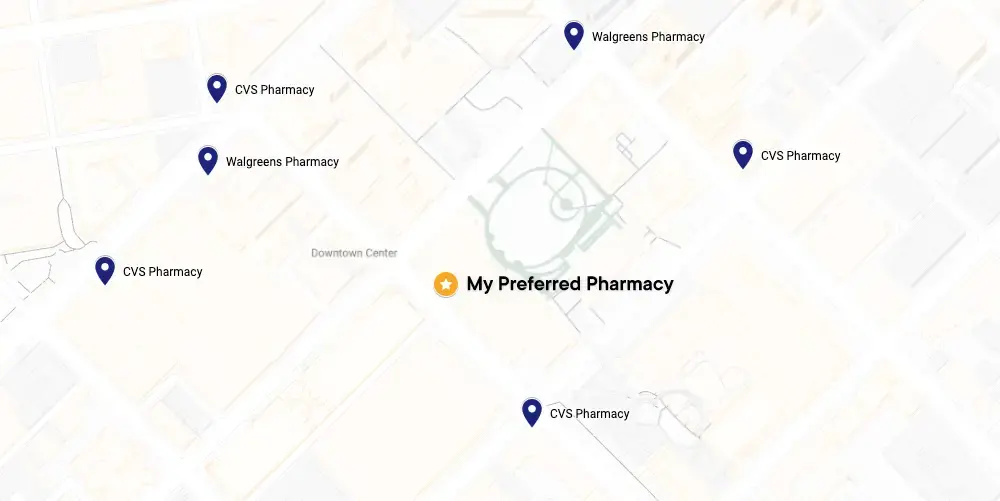Several factors can contribute to nausea and vomiting. While some people are sensitive to specific foods, others may experience nausea due to health conditions. Some common causes of nausea and vomiting include:
-
Gastroesophageal reflux disease (GERD): GERD causes the stomach's contents to flow back into the esophagus. When the stomach contents move back up the gastrointestinal tract, you may experience a burning sensation (heartburn), which can coincide with nausea and vomiting.
-
Bacterial or viral infections: Both viral and bacterial infections can cause stomach pain and discomfort, including nausea. For example, food-borne bacteria and toxins can cause food poisoning, while viruses can cause viral gastroenteritis (intestinal or “stomach” flu).
-
Certain medications: Nausea is a common side effect of many medications. If you start a new treatment, such as chemotherapy, you might notice new symptoms of nausea.
-
Motion sickness: Motion sickness happens when your brain can't process the information from your eyes, ears, and body. When your brain's signals don't match up with your senses, you might experience nausea and vomiting.
-
Food sensitivities: Eating certain foods, such as spicy foods or dairy, can cause stomach discomfort. Food allergies and sensitivities can also contribute to nausea symptoms.
-
Pain: Pain can exacerbate nausea symptoms. If you have pancreatitis, gallbladder stones, kidney stones, or migraine headaches, you might experience severe nausea.
-
Stomach ulcers: Ulcers (sores in the stomach or intestinal lining) can cause nausea. When you eat, ulcers trigger an inflammatory response. You might feel especially nauseous in the morning or after going a few hours without food.
-
Pregnancy: Hormonal changes--especially in early pregnancy--can cause nausea and vomiting. Sometimes nausea can be very severe or can be a symptom of hyperemesis gravidarum, a prolonged nausea and vomiting disorder that can cause pregnancy complications.

.jpeg?width=249&height=250&name=meredith_bourne_md%20(1).jpeg)





